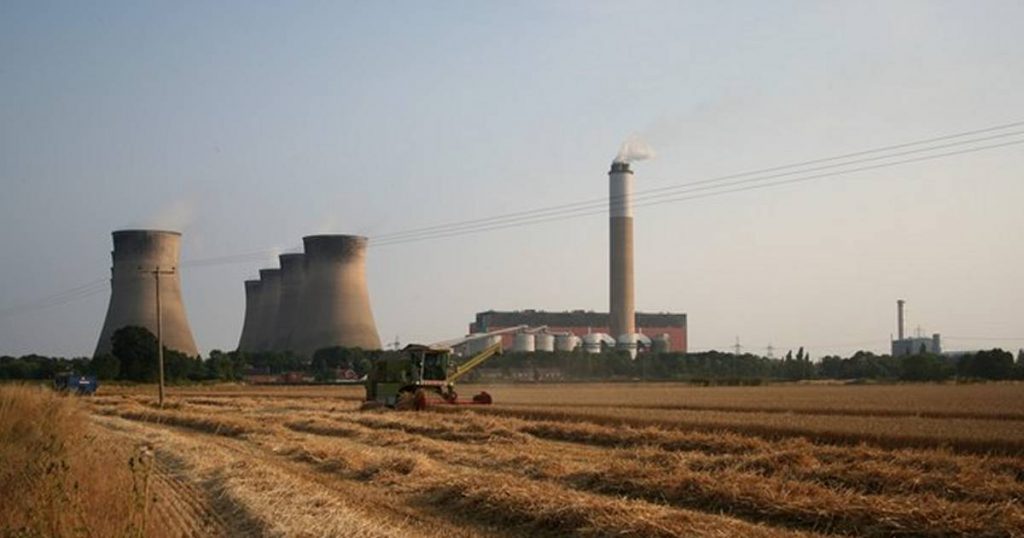
Cottam Power Station (Nottinghamshire) – To Close This Year | Image: Richard Croft, CC BY-SA 2.0
Another record has tumbled – for the first time, Britain has recorded more than 100 hours without the use of coal power for electricity supply.
UK_Coal, which publishes hourly tweets of current National Grid UK’s coal generation, put the figure at 128 hours coal-free a short time ago – and still counting at that point. Yet to be published are any figures indicating the breakdown of sources keeping the lights on. A summary will probably follow after this run ends.
News of long periods without coal power will soon become a little ho-hum.
“It’s becoming a more regular occurrence now,” said National Grid spokesman, Sean Kemp. “More people have installed solar, more coal is coming off and there’s more wind in the system”.
But it’s not just clean and green renewables.
The previous record was set last month over the Easter weekend – 90 hours and 45 minutes. Over that time, demand was met by:
- Gas: 42%
- Nuclear 23%
- Wind: 12%
- Solar Power: 11%
- Imports: 7%
- Biomass: 4%
- Large Hydro: 1%
Those figures were also published by UK_Coal. It’s not clear the sources that made up the “imports” figure.
Looming Emissions Intensity Limit Putting The Screws On Coal
Last year, the UK Government announced a new emissions intensity limit for power stations of 450g CO2 per kWh of electricity generated; eliminating all conventional coal and also so-called High Efficiency, Low Emissions (HELE) plants ( without major and very expensive modification). The limit will apply from 1 October 2025.
According to the Powering Past Coal Alliance, in 1950 coal provided 97 per cent of all electricity produced in the UK. That dropped to 70% in the 1980’s. As recently as 2012, coal power generation made up 40 per cent of the UK electricity mix.
Solar power is not just helping to fill in the gap left by coal’s demise, it’s also assisting in cleaning up the mess left behind by coal mining activities.
Zero Carbon Grid Preparedness
National Grid Electricity System Operator (ESO) announced in April it will be able to fully operate Great Britain’s electricity system with zero carbon by 2025. Note it states “able to fully operate”, not “will be fully operating”.
“Operating a zero-carbon electricity system in 2025, whenever there is sufficient renewable generation, is a major stepping stone to full decarbonisation of the entire electricity system; enabling new technologies and removing barriers to ever increasing levels of renewables,” said ESO Director Fintan Slye.
An overview of how National Grid ESO intends to achieve this can be found here.

 RSS - Posts
RSS - Posts



If feed in tarrifs were increased to an appropriate viable figure,more solar would be used.systems generally have 20 to 25 year operation life,so users would see the value and introduce more grid power.Battery technology is ok but most users want to get off the grid because their hard earned dollars are being taken advantage of for high profit gain.equallise the feed in price and massive amounts of systems would be installed and coal fired stations would fade into non existance.All we need is a realistic Govt to have the intestinal fortitude to go for it with gusto